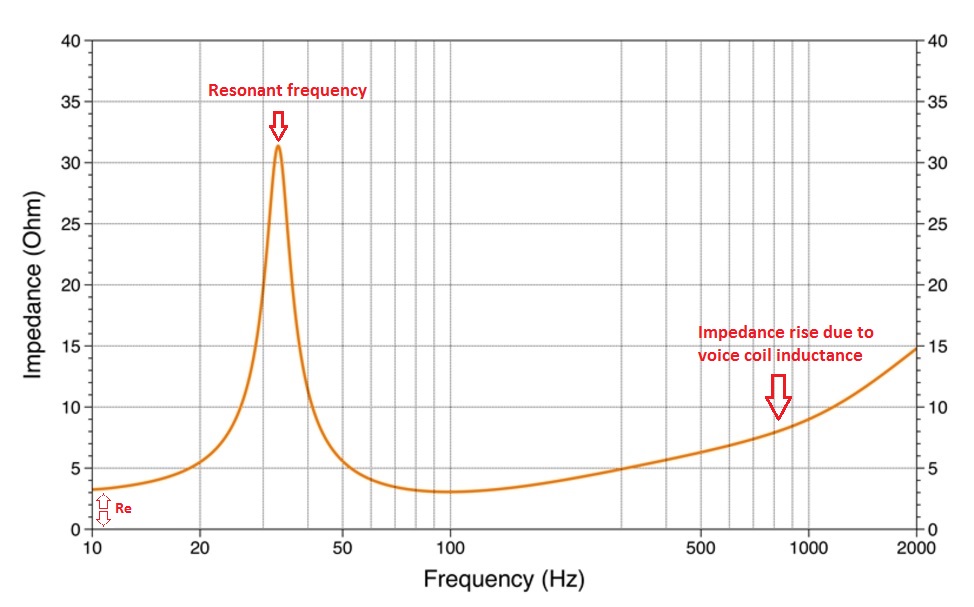I've been checking out some YouTube videos lately and found one that documents the front speaker upgrade for the B8 A4 using the same Dayton Audio RS75-4 4-ohm speakers, but in a non-B&O system. If you check the video at around 25:31 it gets into the calculation of the capacitance value and the frequency for the high pass filter used based on the impedance of the speaker.
https://www.youtube.com/watch?v=7yzpM2yQwo0
As we already know from this thread and the thread referenced in the first post about the speaker brackets offered by kmarei, using a 10u uF capacitor with a 4-ohm speaker provides a high pass filter at around 4 kHz, essentially turning this speaker into a tweeter. I recently discovered that the outer dash speakers in the non-B&O system are actually 8-ohm speakers so using a 10 uF capacitor changes the high pass filter value to around 2 kHz. Since these speakers are rated down to 170 Hz, this means that using a lower crossover value allows the speakers to reproduce more midrange frequencies and provides a fuller sound across the dash. Using a 22 uF capacitor with the 4-ohm speakers would lower the crossover point to around 1.8 kHz.
Now comes the interesting part. The dash speakers are configured as two tweeters on the outer dash with a single midrange driver in the center. I had originally thought it was the opposite with two midranges and a single tweeter. The drivers are so small it's hard to tell which is which. That being said, using three full range speakers in the dash provides us with several different possible configurations. Is it best to configure the outer speakers as tweeters with a 4 kHz crossover and set the crossover for the center at 2 kHz or make them all full range with a crossover at 2 kHz? You could also configure the outer speakers as full range and just the center as a tweeter. Then again, you could configure all three as full range speakers.
As indicated earlier, I recently discovered that the outer dash speakers in the non-B&O system are 8-ohm speakers and the center is 4 ohms. All three dash speakers in a B&O system are 4 ohms to complicate things even more. Here's the breakdown of speaker impedance, capacitance value, and crossover frequency based on some standard capacitor values:
4-ohm speaker with 10 uF capacitor = 4 kHz high pass filter
4-ohm speaker with 22 uF capacitor = 1.8 kHz high pass filter
8-ohm speaker with 10 uF capacitor = 2 kHz high pass filter
8-ohm speaker with 5.6 uF capacitor = 3.55 kHz high pass filter
Other capacitor values could be used to change the crossover point. Basically, as the capacitance value decreases, the crossover frequency increases. There's a link to the capacitance calculator attached to the video on YouTube.













 Reply With Quote
Reply With Quote




Bookmarks